Thank Zoom for Reviving the Waist-Up Look First Popularized in the 1930s
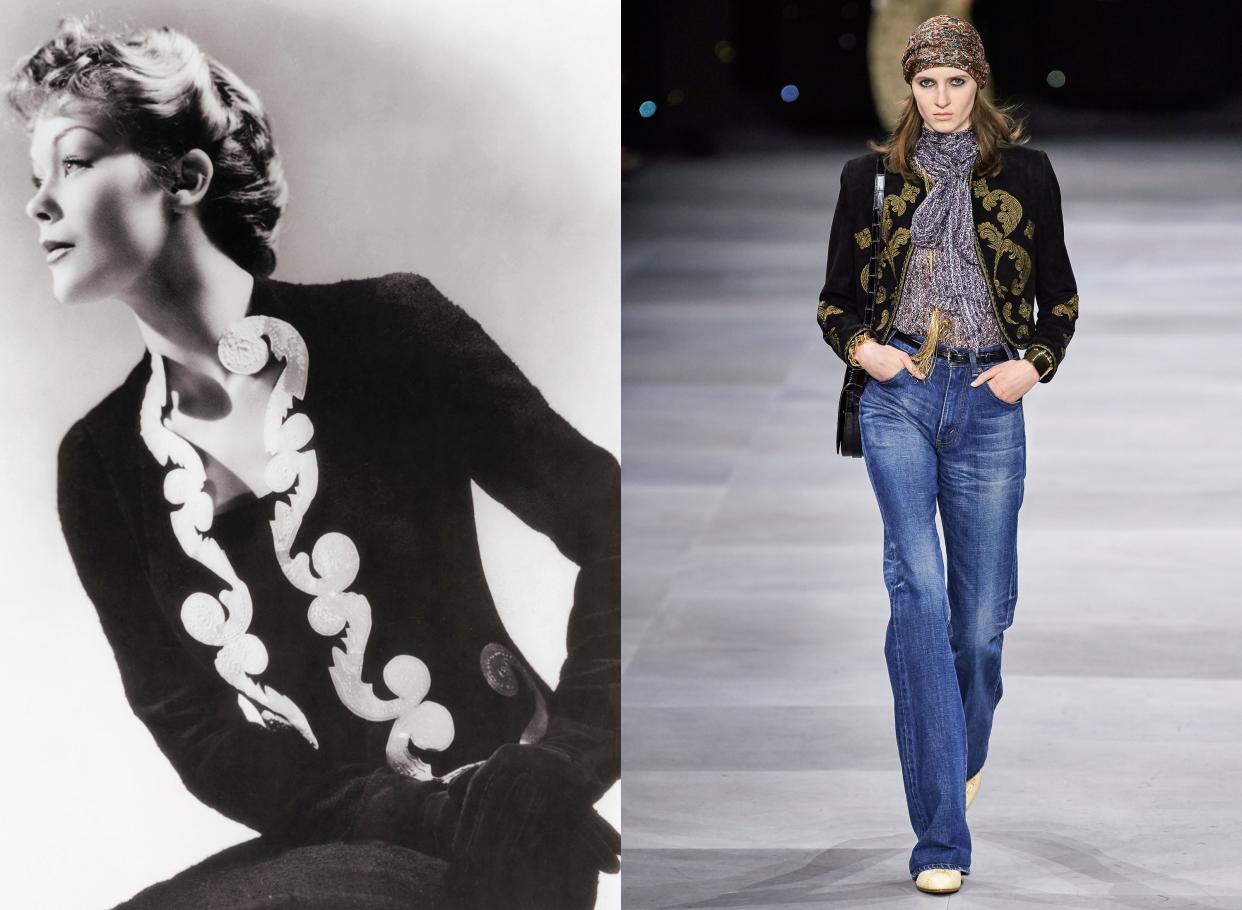
At this point in the pandemic, many of those working from home might identify as Gen Z—Gen Zoom, that is. The videoconferencing application is replacing face-to-face roundtables and ad hoc office coffee klatches at the same time that it’s enabling virtual watercooler gossip. Whichever way you use it, it’s fair to say that this new method of working has us glued to our seats as never before. It’s also changed the way we dress for work.
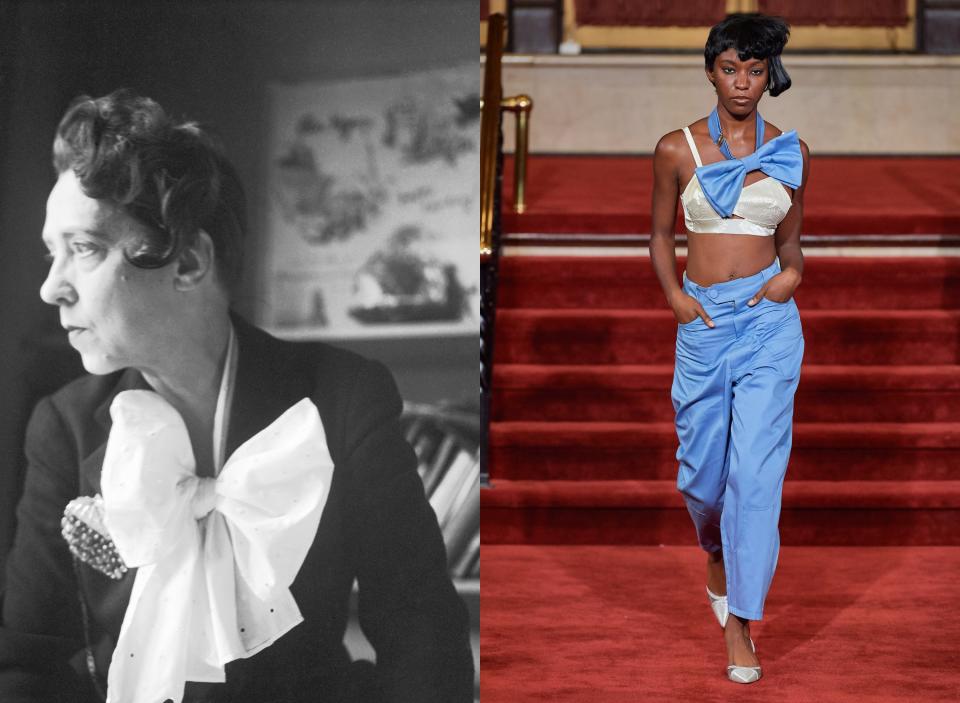
Business-in-the-front-party-in-the back dressing doesn’t fly for teleconferencing; instead, the focus is on waist-up dressing, a trend that hasn’t been in vogue since the 1930s. The ’30s gave birth to Hollywood’s golden age, Surrealism, and café society, which emerged, explained Andrew Bolton in a 2002 interview, “from women conscious of their public image who had a need to read about themselves in society columns.”
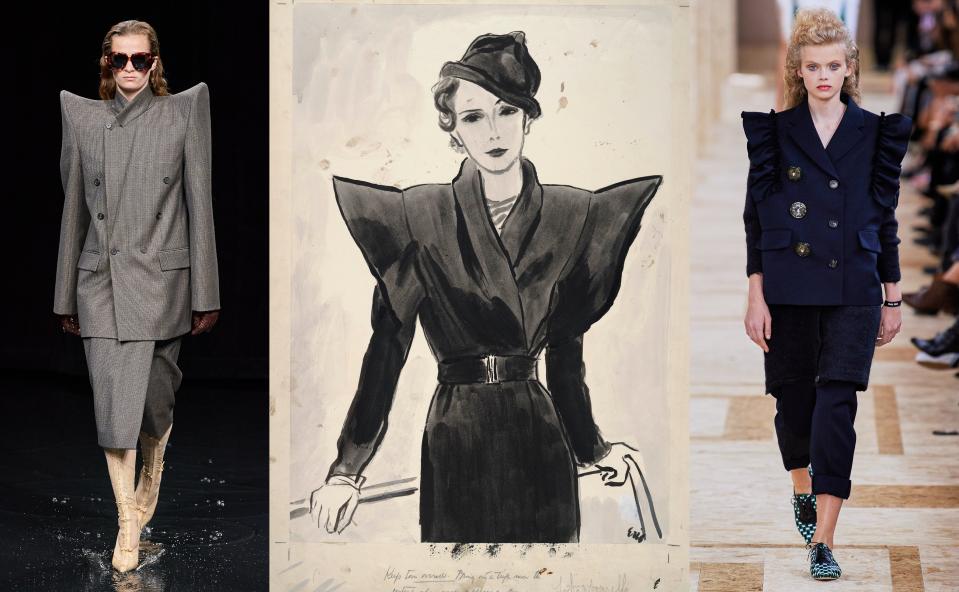
The Met’s Wendy Yu Curator in Charge was speaking of café society in relation to his first Met exhibition, Blithe Spirit: The Windsor Set, which explored the extraordinary prettiness, and occasional prescience, of the work of leading designers of the time, including Coco Chanel, Jean Patou, Valentina, Mainbocher, and Elsa Schiaparelli. During these weeks of isolation, I keep coming back to Schiap’s designs, particularly to the designer’s bug and aspirin necklaces. Cause and effect? Though the paintings of Botticelli inspired the former, I equate the bugs with the virus. The aspirin necklace, designed for Schiap by the Russian writer Elsa Triolet, delivers a dose of irony, Surrealist style.
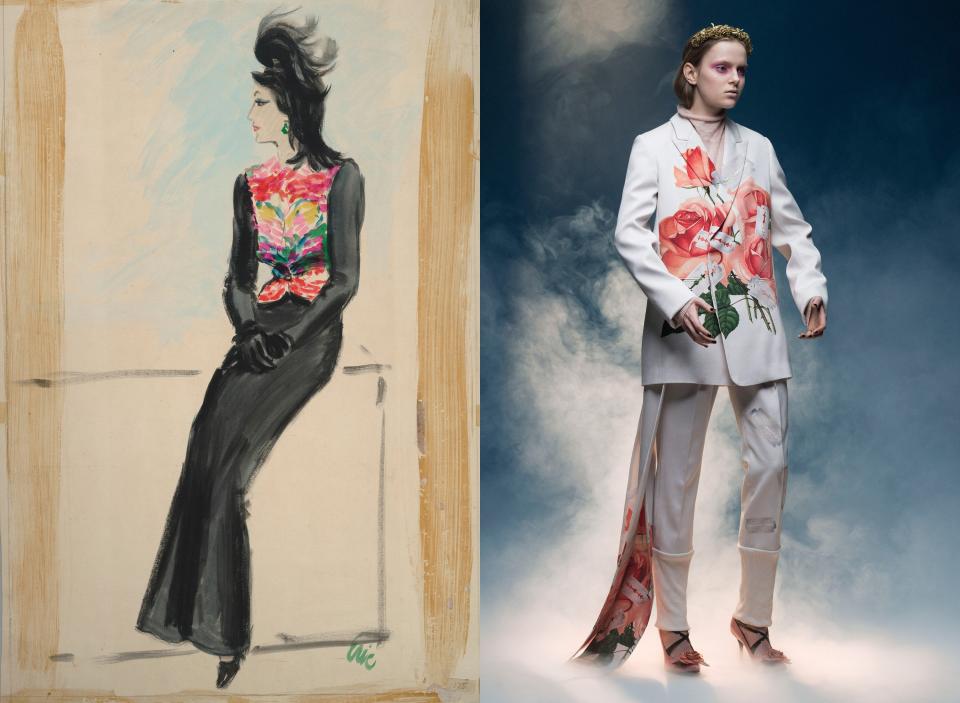
In a recent call, Bolton said that when he was working on Blithe Spirit, he “was very taken by the sort of elaborateness of the [evening] jacket in comparison to the plainness of the skirt or long dress worn with it.” In 2012 the curator opened Schiaparelli and Prada: Impossible Conversations with a gallery called Waist Up/Waist Down, which explored the two designers’ contrary approach to design. Miuccia Prada, says Bolton, sees the skirt as a symbol of feminism and liberation. Though her designs were theatrical, Schiaparelli, says Bolton, was “quite shy herself.” As a consequence, he explains, she understood very well how to use clothing as a means of visibility. She became known for elaborately embroidered jackets and double-take toppers with novelty buttons or pockets resembling acrobats or bureau drawers.
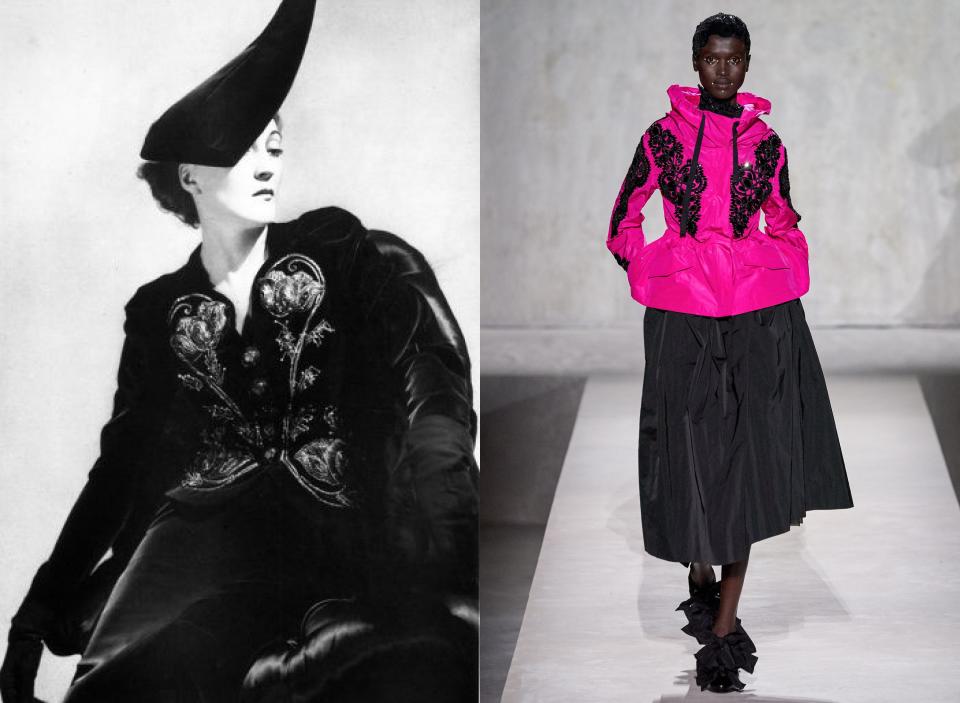
It’s not surprising that mobility is associated with the legs, whether revealed by one of Prada’s car-wash skirts, a 1960s mini, or a 1920s flapper dress. The question is why waist-up dressing defined how the café society dressed. Women like the heiress Millicent Rogers, who was at the center of this clique, could and did travel. They had the leisure and luxury to sit, be it at the theater, the opera, or on what Vogue in 1935 called the “restaurant circuit.” All were stages on which to be seen. “It’s interesting to think about the torso being an erogenous zone,” says Bolton, who underlines the importance of understanding 1930s waist-up dressing within the context of café society’s restaurant culture. Jewelry and hats, the curator notes, were also popular at the time for similar reasons.
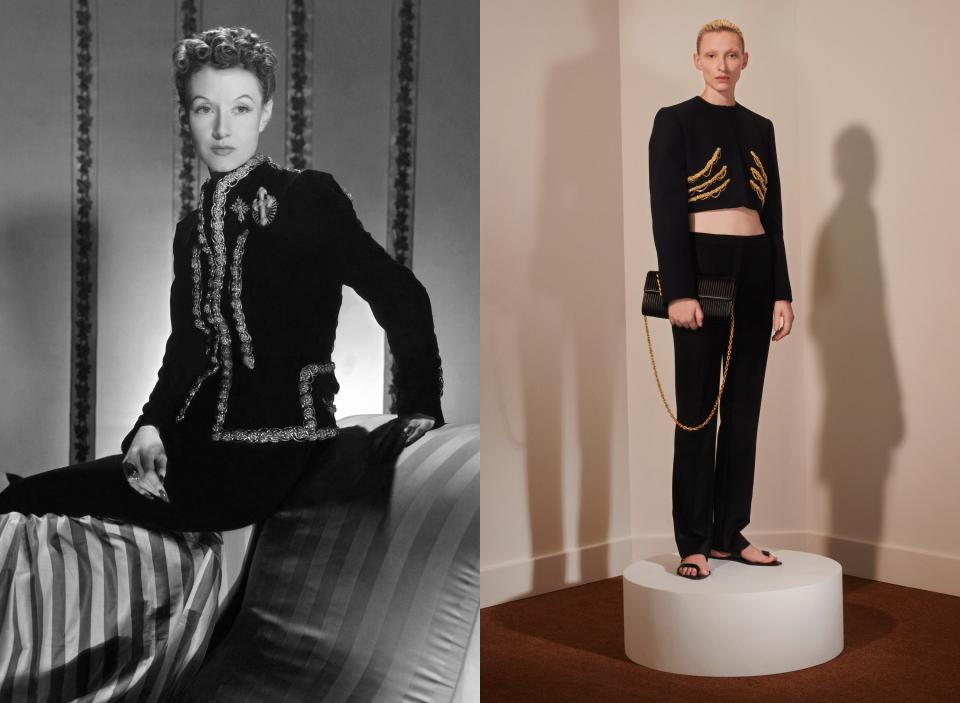
Gender roles and signs of status have changed a lot. Being decorative is no longer women’s primary function—if it ever was. Eating out is forbidden under the current circumstances. And sitting, for those fortunate to be able to work from home, is now associated with activity and labor rather than leisure.
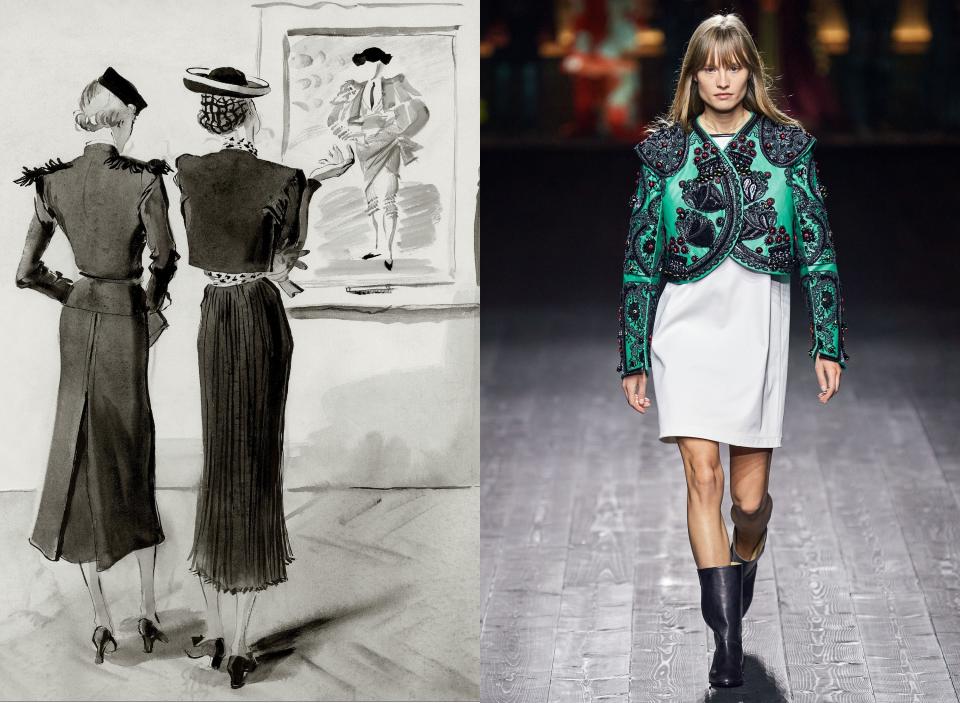
The desire to make a good impression, however, remains, and in their spring and fall 2020 collections, many designers drew the eye up with exaggerated shoulders and other above-the-waist details that in retrospect might be described as Zoom worthy. Party-on-top dressing doesn’t mean business below; you could be wearing your favorite yoga pants and no one would know. But looking good is only part of the picture; stepping up to do good—while staying in place—will help get all of us back on the move sooner rather than later.

Originally Appeared on Vogue

